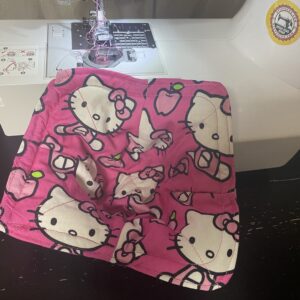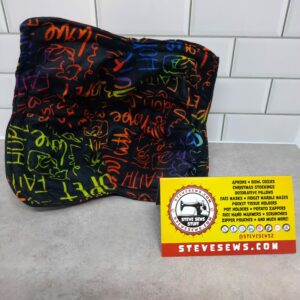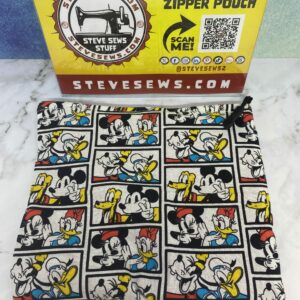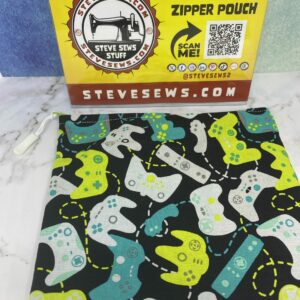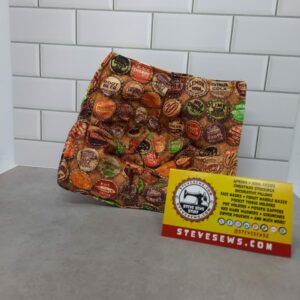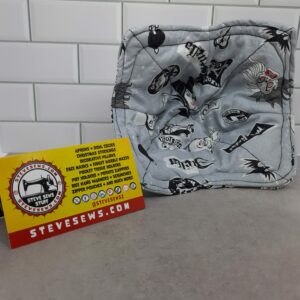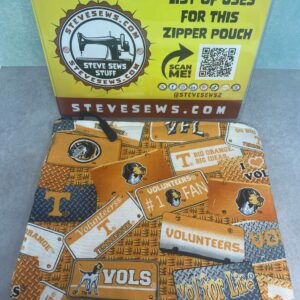A Comprehensive Guide on Removing Ink Stains from Quilts – Quilts are not only cozy and comforting but often cherished heirlooms or cherished creations made with love. However, accidents happen, and occasionally an ink stain finds its way onto these precious fabrics. Ink stains can be particularly stubborn, and removing them requires some patience and careful treatment. In this blog post, we will guide you through effective methods to help get ink out of your quilt, so you can restore its beauty and preserve its sentimental value.
A Comprehensive Guide on Removing Ink Stains from Quilts
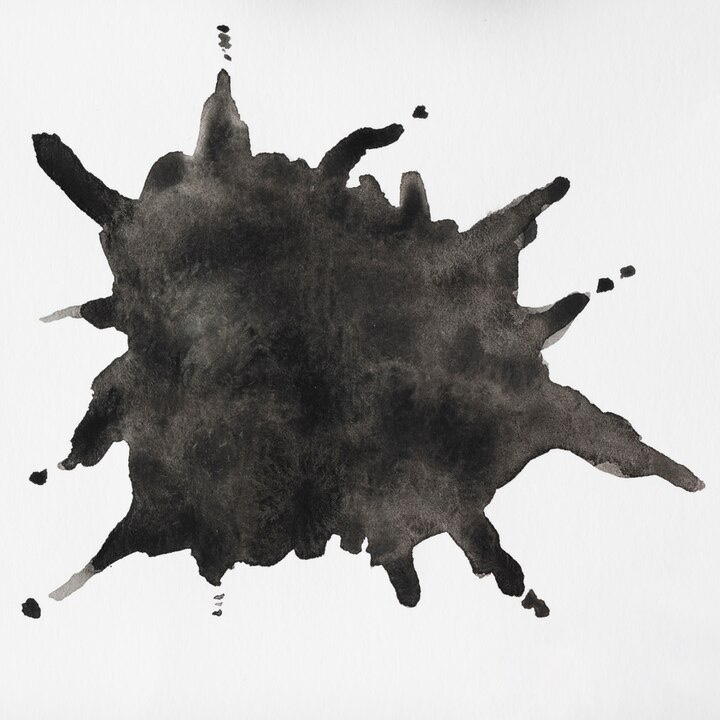
- Act Fast: The key to successful ink stain removal is to act as quickly as possible. The longer the ink sits on the fabric, the more difficult it becomes to remove. So, as soon as you notice an ink stain on your quilt, start the removal process promptly.
- Test for Colorfastness: Before applying any cleaning solution or method, it is essential to test for colorfastness. Choose an inconspicuous area of the quilt, such as a corner or the back, and apply a small amount of the cleaning solution. Blot it gently with a white cloth or paper towel. If there is no color transfer or damage to the fabric, you can proceed with the stain removal technique.
- Blot, Don’t Rub: When dealing with an ink stain, remember to blot the stain rather than rubbing it. Rubbing can spread the ink and embed it further into the fabric, making it more challenging to remove. Use a clean white cloth or paper towel to blot the stain gently. Avoid using colored or printed materials, as they may transfer dyes onto the quilt.
- Alcohol-Based Method: One of the most effective solutions for removing ink stains is using isopropyl alcohol. Place a clean white cloth or paper towel under the stained area to absorb the ink. Then, dampen another cloth or cotton ball with isopropyl alcohol and gently blot the stain from the outside in, to prevent spreading. Change the cloth or cotton ball frequently to avoid reapplying the ink. Continue until the stain disappears, and then rinse the area with water and let it air dry.
- Milk Method: If you prefer a milder approach, milk can also be used to remove ink stains. Pour a small amount of milk onto a clean cloth or cotton ball, and blot the stain gently. As the milk absorbs the ink, switch to a clean area of the cloth or use a fresh cotton ball. Repeat the process until the stain is gone. Finally, rinse the quilt with cold water and allow it to air dry.
- Commercial Stain Removers: If the ink stain persists despite your efforts, you may consider using a commercial stain remover specifically designed for ink stains. Always follow the instructions provided by the manufacturer, and ensure the product is suitable for the fabric of your quilt. Test it on a hidden area first to check for any adverse reactions. After applying the stain remover, rinse the quilt thoroughly and allow it to dry naturally.
- Professional Cleaning: For valuable or delicate quilts, it’s wise to seek professional help. Professional cleaners have the expertise and equipment to treat various stains effectively while minimizing the risk of damage to the fabric. Inform them about the ink stain and any other relevant details, so they can provide appropriate care and advice.
- Using Aqua Net or hair spray can be an effective method for removing ink stains from certain fabrics, including quilts. Here’s how you can utilize this approach:
- Preparation: Gather the necessary supplies, including a can of Aqua Net or any other brand of hair spray that contains high levels of alcohol, a clean white cloth or paper towel, and a mild detergent.
- Test for Colorfastness: As mentioned earlier, it’s crucial to test the fabric for colorfastness before proceeding. Choose an inconspicuous area of the quilt, apply a small amount of hair spray, and gently blot it with a white cloth. If there is no color transfer or damage to the fabric, you can continue with the stain removal process.
- Blotting the Stain: Place a clean white cloth or paper towel underneath the stained area to prevent the ink from spreading to other parts of the quilt. Shake the can of hair spray to ensure it’s properly mixed, then spray a generous amount directly onto the ink stain. Make sure the stain is saturated with the hair spray.
- Blotting and Repeating: Using a clean cloth or paper towel, gently blot the stain from the outside in. The hair spray’s alcohol content should start dissolving the ink, and the cloth will absorb it. Avoid rubbing the stain, as this can spread the ink and potentially damage the fabric.
- Repeat the process: If the stain is persistent, you may need to repeat the hair spray application and blotting process several times until the ink starts to fade. Use a fresh area of the cloth or a new paper towel for each application.
- Laundering: Once the ink stain has significantly faded or disappeared, it’s time to launder the quilt. Follow the care instructions provided for the specific fabric of your quilt. Generally, use a mild detergent and wash the quilt in cold water on a gentle cycle. Allow it to air dry completely before inspecting the treated area to ensure the ink stain is completely gone.
Note: Hair spray may not be suitable for all fabrics. It is generally effective on washable fabrics, but for delicate or valuable quilts, it’s advisable to consult a professional cleaner to avoid any potential damage.
Remember, prompt action is crucial when dealing with ink stains. The longer the ink remains on the fabric, the more challenging it becomes to remove. If the stain persists or you have concerns about the fabric’s integrity, it’s recommended to seek professional cleaning assistance to avoid any further damage.
While hair spray can be a useful household remedy for removing ink stains, it’s always best to test it on a small, inconspicuous area first and proceed with caution to ensure the best possible outcome.
Conclusion:
While ink stains on quilts may initially seem daunting, the right techniques and prompt action can help you successfully remove them. Remember to test for colorfastness, blot instead of rubbing, and use suitable cleaning methods such as alcohol or milk. In cases where stains persist, consider using commercial stain removers or seeking professional cleaning services. By following these guidelines, you can restore your quilt to its former glory, preserving its beauty and sentimental value for years to come.
These methods may not work for all ink stains. Use at your own risk. Again test small area.
Upcoming Events
This is a list of the upcoming events that Steve Sews will be at. If you know of one in the East Tennessee area, let me know.
None at this time. Check back later.
Meet …
Meet the staff and/or equipment for Steve Sews.
- Brother Stitch (Current Sewing Machine)
- Forge (Circuit)
- Interns
- Lovees (Stuffed Animals)
- Mendi (My Wife’s Sewing Machine)
- Rosie (Antique Sewing Machine)
- Steve (Steve himself)
- The Masked Bandit (Steve’s older Sewing Machine)
- Trainees
- Van the T-Rex (Helper)
- Zee (Face Mask Model)

SUBSCRIBE TODAY!
Don’t miss a single blog post about sewing, quilting, crafts, and recipes! Plus so much more!

Follow on WordPress
Follow Steve Sews Stuff on WordPress.comFollow Steve Sews Stuff on Social Media:
You can also choose to follow Steve Sews Stuff on social media as well. (@SteveSews2)
Below are some examples of blog entries from all blogs that I do. (Courageous Christian Father, Steve Sews Stuff and SteveZ DesignZ).
Recent Feed of All of Steve’s Blogs
Recent Posts on Steve Sews
Below is a list of the most recent blog posts found on Steve Sews for you to check out.
Clipart: Unsplash, Pixabay, Pexels, Openverse, Adobe Express, Adobe Stock, FreePik, MetroCreative, Wonder AI, Algo AI and more. This site uses Amazon Affiliate Ads & Google Ads.


